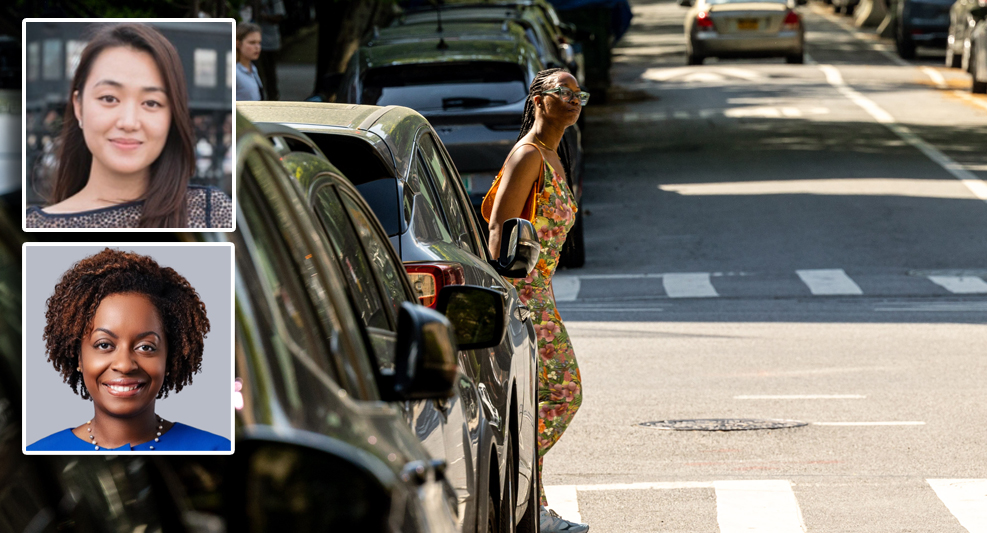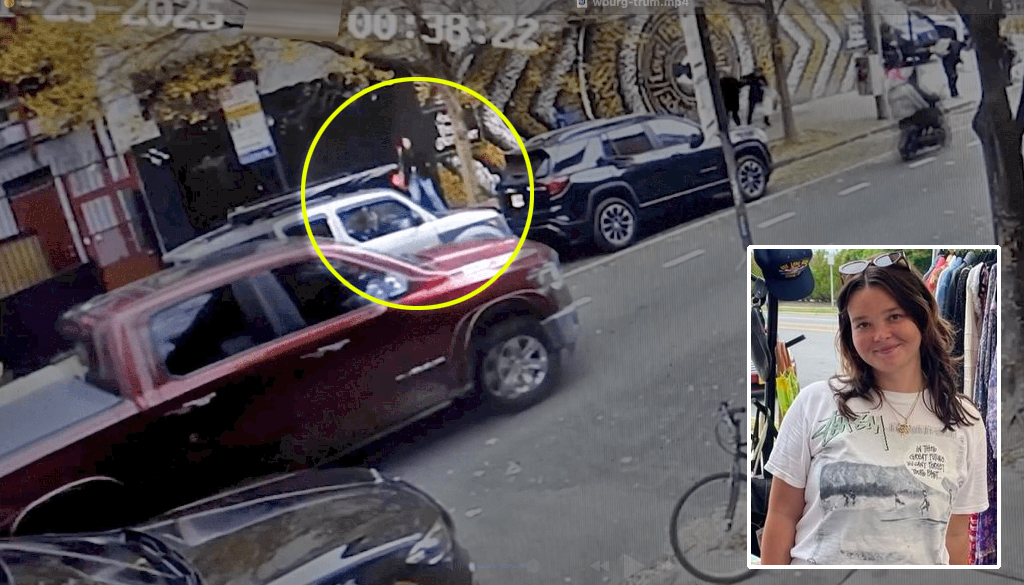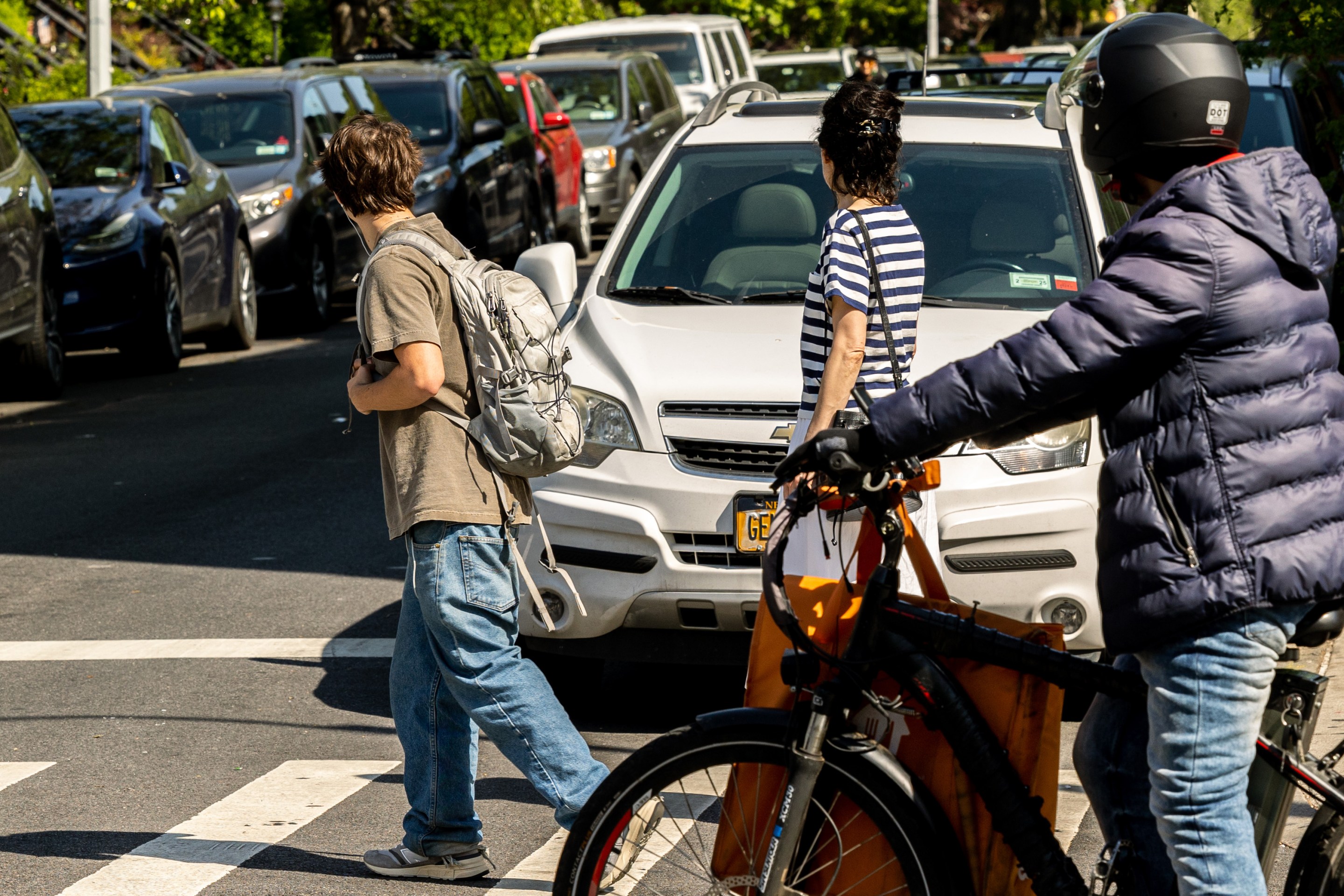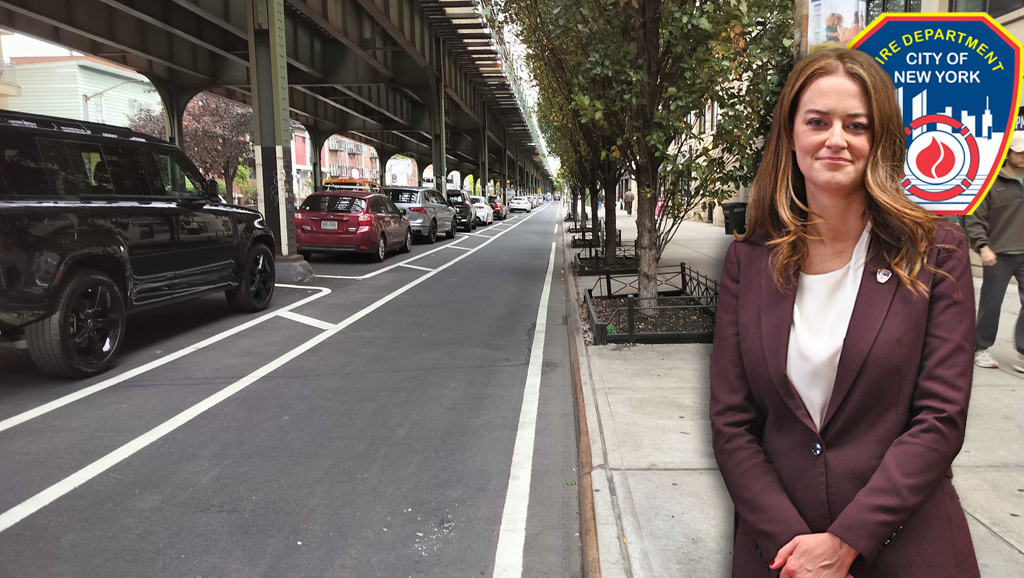
This post is part of a series featuring stories and research that will be presented at the Pro-Walk/Pro-Bike/Pro-Place conference September 8-11 in Pittsburgh.
If Champaign-Urbana can make it easier to leave your car at home, any place can. That's what local planner Cynthia Hoyle tells people about the progress her region has made over the last few years.
With great intention and years of work, this region of about 200,000 has reversed the growth of driving and helped get more people biking and taking transit. Since 2000, Champaign-Urbana has seen a 15 percent increase in transit ridership and a 2 percent decrease in vehicle miles traveled. The percentage of the population biking to work is up, and the percentage driving alone is down. Champaign-Urbana tracks its progress toward these goals on a publicly available report card.
"What I tell people is that if you can do it out here in the middle of the corn and soybeans, you can do it too," said Hoyle, a planner with Alta Planning + Design who helped lead the process. "Everyone thinks this kind of stuff just happened in places like Portland."
Hoyle outlined a few key steps along the region's path toward more sustainable transportation:
1. Coordinate between government agencies to create walkable development standards
Champaign-Urbana's sustainable mobility push began with the adoption of a long-range plan in 2004. The plan was part of a collaborative effort by local municipalities, the regional planning agency, and the local transit authority.
Providing an efficient, affordable transportation system was one of the key goals. During the process, researchers found that housing was generally affordable in the region but that transportation costs were relatively high, accounting for about 19 percent of household income. Public budgets were also being strained. Officials also determined that the region couldn't afford to keep building new infrastructure at the fringes.
As part of that process, the regional coalition established a number of goals -- to reduce air pollution, increase population density, reduce bike and pedestrian deaths, preserve agricultural land, and so on -- while developing an annual report card to track progress toward those goals.
Surveys revealed which factors prevented people from biking or taking transit. "People said they need certain systems in place before they’d feel comfortable switching modes," said Hoyle. "Things like car sharing, bike infrastructure, more sidewalk connectivity. So we started doing those things."
Hoyle credits intergovernmental collaboration with bringing car-sharing to the area ahead of most other communities the same size. Several public agencies also used federal Safe Routes to School funding to improve walkability. The region has won multiple grants to build better pedestrian infrastructure around schools.
"When you improve the infrastructure for kids, you improve it for everyone," said Hoyle.
2. Establish frequent, reliable transit service

The Champaign-Urbana Mass Transit District has established frequent service corridors with 10 to 15 minute headways that form a network across the region. In response to public feedback, the transit agency has also extended service later into the night on a few key routes, and it has lowered the price of an annual transit pass dramatically, from $238 to $75. (Fares are a relatively small share of the agency's revenue, and sales of the passes increased so much, the agency didn't take a big hit from slashing the price.)
In addition, regional planners set about shaping the built environment so it supports transit use. Zoning rules along "transit intensive corridors" was adjusted to promote walkable, compact development. In one corridor, for example, the region hopes to attract 10,000 new residents and 3,000 jobs by 2025.
3. Work on "bike-friendliness"
The League of American Bicyclists' "bicycle-friendly" business, campus, and community rankings provide a helpful framework for local institutions to raise their cycling game. Urbana won the "Bicycle-Friendly Community" designation in 2010. Champaign won it in 2013. The University of Illinois Champaign-Urbana has also won the designation, as have a number of local businesses. Since winning the awards, Hoyle said, local communities have been following the Bike League's recommendations to help make cycling more accessible.
"When you go through that application process for a community, it's very extensive," she said. "It gave them a framework and recommendations that they could move forward on."
For example, the League suggested that the region needed better infrastructure to fill in gaps in the bike network. The cities of Champaign and Urbana took that seriously and have been working to fill those gaps, as well as improve educational efforts. Since 2009, the bike network has grown 24 percent larger while bike crashes have fallen by 17 percent.





